Whether B2B, B2C, Enterprise, SMB or a start-up, sports sponsorship is important to marketing strategy, says Ishveen Anand. Here, she explores how sponsorship has primarily been viewed as a channel reserved for the biggest brands with the biggest budgets – but she calls for a recount, showing how smaller brands can successfully take part in sports marketing.
15% of all marketing spend in North America goes to sponsorship, yet it’s still a form of marketing that has been fairly unexplored and has lacked innovation. Sports make up 70% of all sponsorship and rightly so, considering the dominance of sports in our day-to-day life.
The popularity of sport has reached astronomical levels in the past few years. Sports programming is consumed by 90% of all TV viewers and has accounted for 96% of the top 50 programmes on TV in the US. In the past year, people have spent more than 33 billion hours viewing sports.
In addition to the success on TV, sport is consumed now more than ever on personal devices such as computers and phones. In a recent survey, 88% of people said they accessed sports on TV, 51% on computers and 49% on phones. Indeed, 87% of consumers use a second screen while watching TV, and that number makes sense when we consider that during the week of the Superbowl, NFL-related gaming apps saw a 100% increase and sports apps enjoyed a 150% increase in content consumption.
Sports have also dominated social media: of the most talked-about topics on social media in 2015, 60% involved sports – that’s 218 days in the year! And on Twitter, 88% of nationally televised sports trended in Twitter’s top ten topics and you can find sport products such as compression socks women and shoes all over the web.
Get set, go for sports marketing
The sports marketing industry is valued at more than $60 billion globally and is growing at a rate of 4% year-over-year. In North America alone, $21.4 billion was spent on sports marketing, while in Asia that number sits at $14 billion.
Sports make up 70% of all sponsorship deals, globally. Major sports brand, Nike, spent $3.3 billion on marketing in 2016. Non-sports brands are also heavily involved in sponsorship, such as PepsiCo and Anheuser-Busch, which spent around $370 million on sponsorship.
Thus, considering the clear power of sports marketing and sponsorship and its ability to connect brands to consumers when they are most passionate and engaged, the question then becomes, why isn’t everyone doing it?
Hurdling negative connotations
The primary reason why brands don’t utilise sports marketing is the lack of transparency. Transparency in pricing, transparency in ROI and transparency in availability. Previously, this was the norm in all industries – think travel, real estate, insurance. Gatekeepers safeguard information to protect the importance of their own role and to allow for customisation based on needs. Customisation is important, but too much of it can hinder progress through lengthy negotiations and the inability to even find the right starting point. Diving into each point further:
- Pricing: With today’s modern technology, consumers – whether buying for personal or business reasons – want to know price immediately. If it takes more than two minutes to research a price, most consumers lose interest and move on. Today, it is so easy to set up a Facebook campaign or Google Ads campaign and see real metrics and performance, that competing for adspend away from these channels means you have to provide even easier and more effective channels to achieve marketing objectives. At OpenSponsorship, we created an algorithm to calculate price for all our athletes and we show this upfront to all our members.
- ROI: Sponsorship has always struggled with the ROI question. How can you put a value on bringing your banker to a hospitality box and him extending a loan, or having an athlete speak at a company event and employees being 30% more motivated? The same can be said of many offline channels. The answer is to measure what you can, such as social media impact, digital spend and qualitative factors from surveys. Thanks to the increased focus on digital spending, the ability to track digital performance means sponsorship is becoming more ROI-driven and accountable.
- Availability: To make the best choice, one must know all the options to evaluate. This was previously impossible with the traditional agency model, where relationships would take precedence and time/resource would not allow for a full view of partnership opportunities. Once again, technology and the marketplace model solve this; aggregating opportunities onto one platform, so a marketer can compare options on a like-for-like basis, eg. looking at characteristics such as social media influence, price, location and rights available.
Here are some of our sports sponsorship learnings, adaptations and focus points:
- Data is king
Marketers need data to facilitate the decision-making process. Heavy focus should be given to social media data, including follower reach, growth and engagement on the quantitative side. On the qualitative side, look at what is being talked about by the athlete in terms of keywords and themes, eg. politics, diet, children. Alongside social media, look at data about where the player is trending geographically, reviews from previous deals, recent news alerts and price calculators.
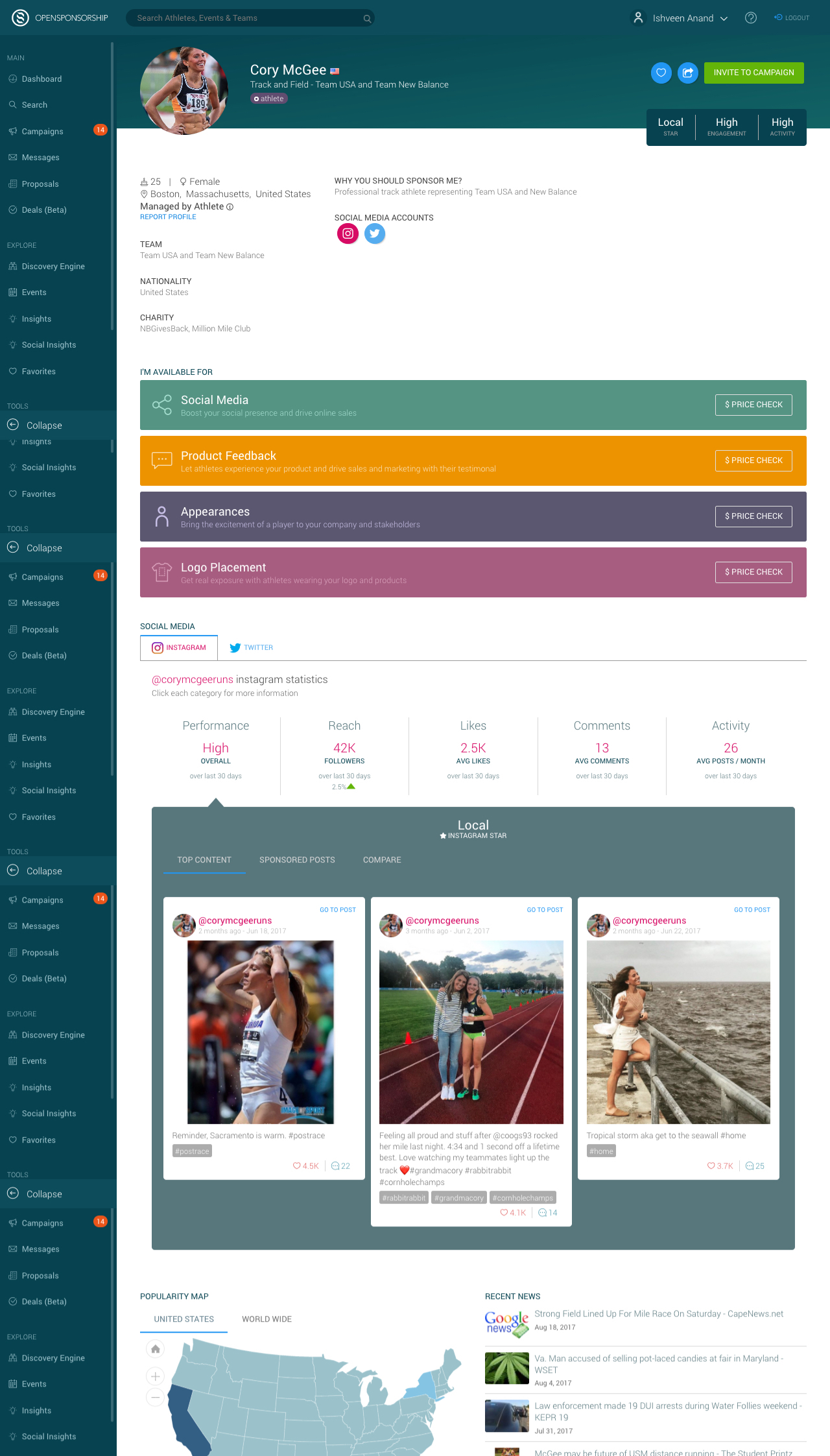
- Real measurement tools
Of the 55% of marketers who track the results of their spending, 80% do so manually, spending hours capturing and analysing data, but this is hard work for brands, in order to make campaigns repeatable and give higher customer satisfaction. In the below real example from a campaign on OpenSponsorship, the brand can see exactly how many likes and comments and how much engagement they got from the athlete’s post, achieving a CPE of $0.43.
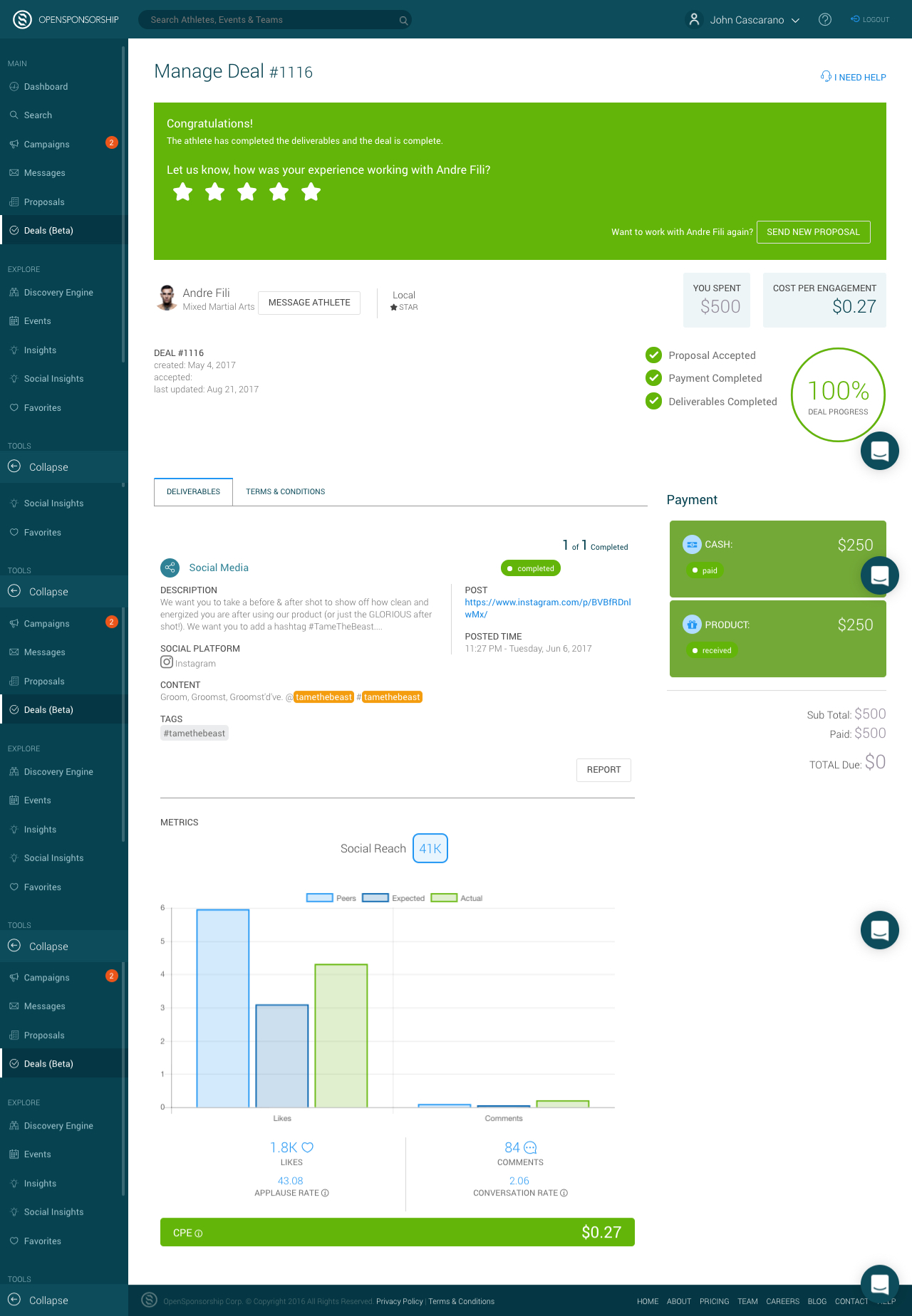
- Speeding up sponsorship
The traditional model for sports marketing and sourcing athletes involved hours of meetings, planning, negotiating and then activating, usually involving agencies from all sides as well as big marketing teams. This lengthy process meant that deals had to be made months before activation. Slow processes did not always mean successful results: in 2016, many major Olympic sponsors picked athletes to be their brand ambassadors who did not even make it through trials into the Olympic Team to go to Rio. In today’s world, that’s crazy. Shorten the gap between selection and deal for a higher chance of picking the right athlete – speed means brands pick the right athlete at the right time.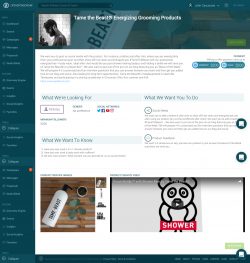
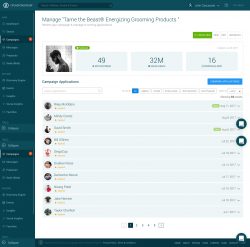
4. Knowledge is power
Education is central and empowers brands considering sports marketing to make faster, better and easier decisions. Through case studies, blog content and real data from previous deals, new entrants to sports marketing have an easier path to understanding what success would mean for them and how to achieve it.
In conclusion, big brands clearly love sponsorship, and with a $60B industry size growing at 4%, this trend will continue. Through some real adjustments to the image of sponsorship and the process by which it is completed, the strategy will continue to grow among smaller brands every day.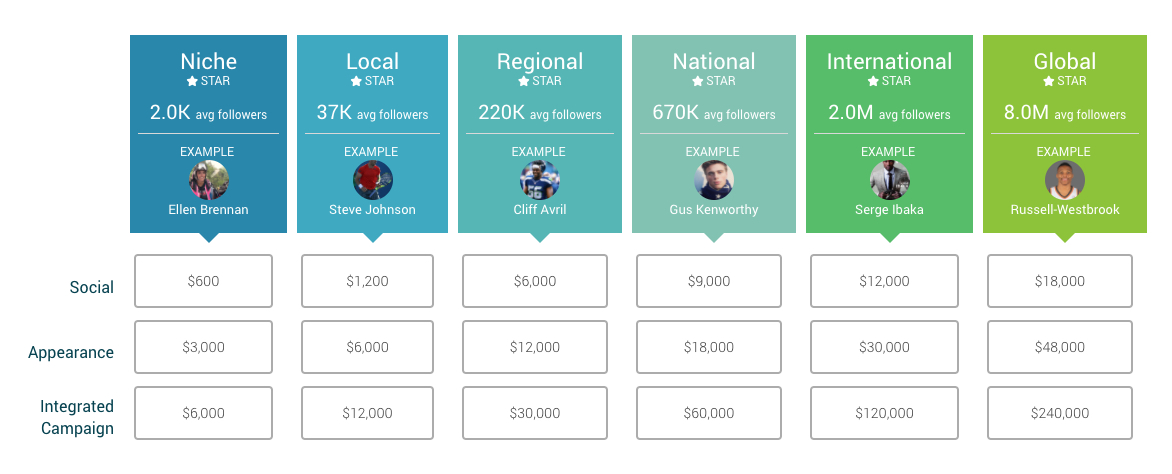
Have an opinion on this article? Please join in the discussion: the GMA is a community of data driven marketers and YOUR opinion counts.
Read also:
Niche marketing: 5 challenges brands face – case study
Growing global athleisure brands: 4 factors to consider










Leave your thoughts